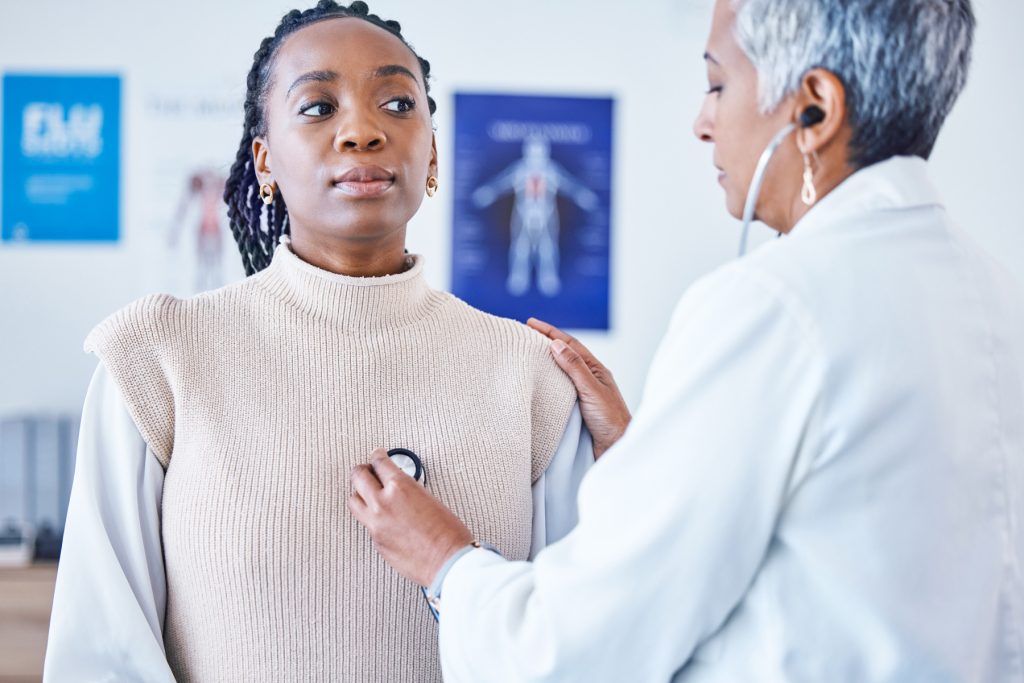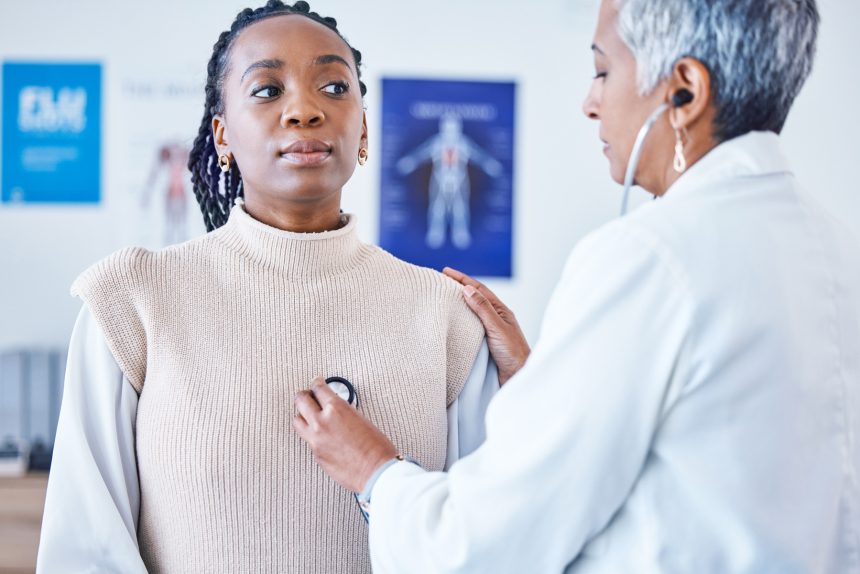PAH
Each year, 500 to 1,000 people in the United States are diagnosed with pulmonary arterial hypertension (PAH). Because this progressive, chronic disorder is rare, it is often under-detected, causing delayed diagnosis with a potentially significant impact on people living with the disease.
November is Pulmonary Hypertension Awareness Month. To raise awareness and provide resources about PAH with a goal of speeding the path to diagnosis and understanding treatment options, the American Lung Association, with support from Merck, is sharing the following facts and insights:
What is PAH? Pulmonary arterial hypertension is a specific type of pulmonary hypertension caused when the tiny arteries in the lung become thickened and narrowed. This blocks blood flow through the lungs, raising the blood pressure in the lungs and causing the heart to work harder. In the early stages of PAH, it is possible a patient may not notice any symptoms at all. As the disease progresses, they will start to experience symptoms common to other lung diseases. The most common symptoms include:
• Increased shortness of breath
• Fatigue
• Swelling of the feet, legs and eventually, the abdomen and neck
• Dizziness and fainting spells
• Chest pain
• Heart palpitations (racing or pounding)
• Lips and fingers turning blue
• Cough
• Hoarseness
Why is early diagnosis important? Left untreated, PAH will progress and is deadly. The path to diagnosis can be long, frustrating and difficult. In fact, the average time to accurate diagnosis is over two years. However, the sooner an individual is diagnosed, the sooner they can begin the correct treatment protocol to best manage their symptoms.
What barriers are there to treatment and diagnosis? Because symptoms are similar to other common lung diseases, it can often be hard to diagnose PAH. Individuals with rare diseases are more likely to have limited access to specialized care options, lack providers who understand their disease, and often face high treatment costs.
Who is most at risk? PAH is most common in women between ages 30-60 and disproportionately impacts Black and Hispanic women. Members of these groups are also more likely to experience worse health outcomes once diagnosed due to delayed diagnosis and barriers to care caused by systemic inequalities in the healthcare system.
How is PAH treated? Although there is no cure for PAH, there are medications and treatments that can slow the progression of the disease and improve a person’s quality of life. Treatments include medication, supplemental oxygen, pulmonary rehabilitation or, in severe cases, a lung transplant. The treatments available for PAH specifically target and restore balance among one or more of three pathways in the lungs that contribute to disease progression: nitric oxide, endothelin, and prostacyclin.
Where can those living with PAH find support? Those living with PAH should work closely with their healthcare team to manage their disease. Support can be found by calling the American Lung Association HelpLine at 1-800-586-4872 and pressing 2. Callers can ask questions about their lung health and receive help finding a specialist, support or guidance for financial assistance.
Having PAH is life changing. However, being diagnosed as soon as possible can help you get on the right path to optimal disease management. For more information about PAH visit Lung.org/pah. (StatePoint)

For More Health News Visit www.zapinin.com/health


